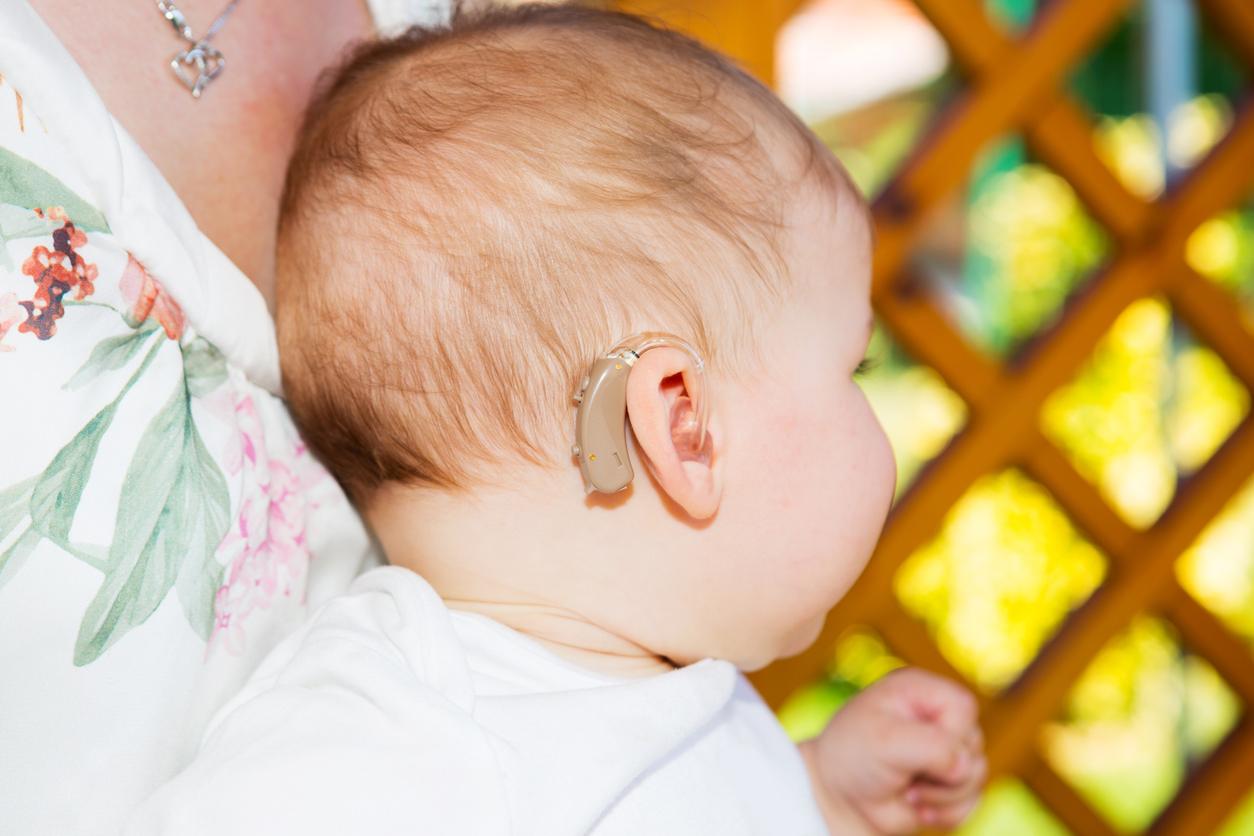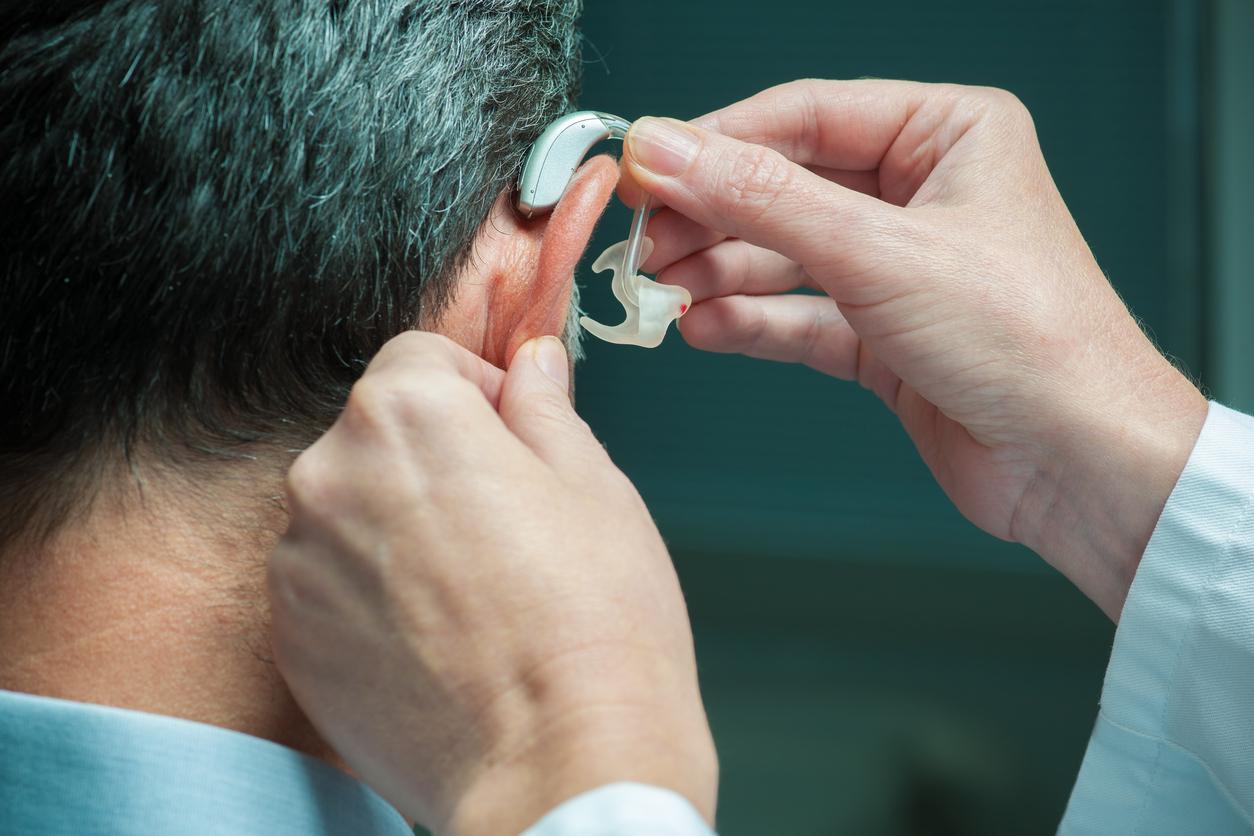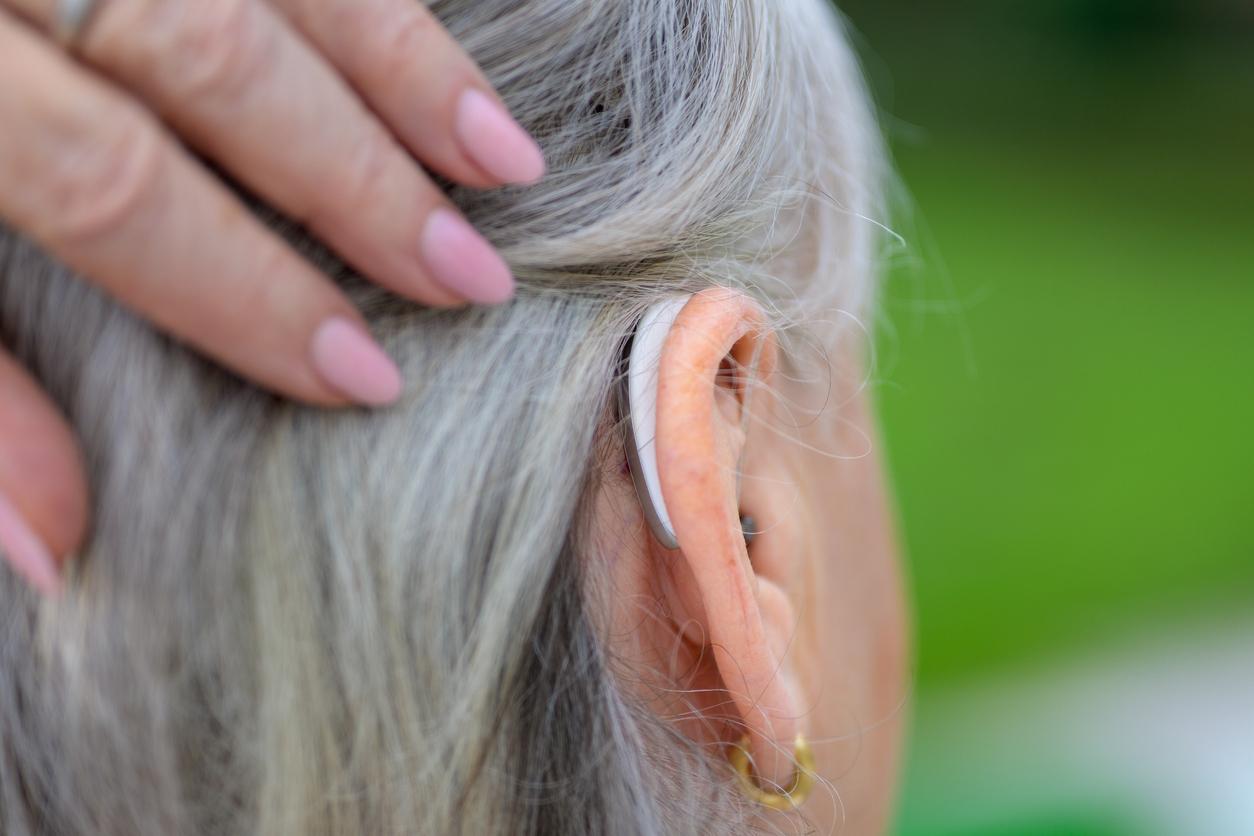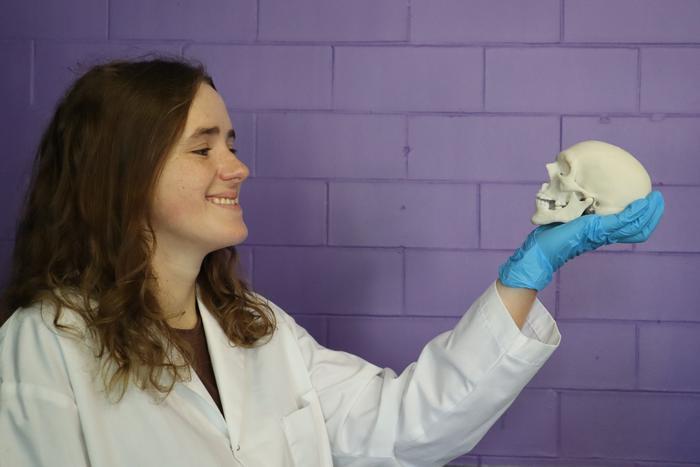Discoveries on the development of auditory circuits in mice with deafness could improve the response to cochlear implants and the treatment of congenital deafness.

- Mutations in the connexin 26 protein are the most common cause of hearing loss at birth. They represent 25% of cases of genetic deafness.
- A study shows that spontaneous activity of inner ear cells is present during the first weeks of life.
- This element could help improve the response to cochlear implants and the early management of congenital deafness.
Mutations in the connexin 26 protein are the most common cause of hearing loss at birth, accounting for more than 25% of genetic hearing loss worldwide. This protein plays an essential role in the functioning of the hair cells of the inner ear, responsible for transmitting sound signals to the brain. It is by studying them that researchers at the Johns Hopkins University made a breakthrough in the management of congenital deafness.
Deafness congenital: the mechanisms of the development of the auditory system highlighted
John’s team Hopkins University followed mice with congenital deafness linked to the absence of connexin 26 in the body. Scientists focused on animals less than two weeks old, when the ear canal is still closed, but also during the period just after opening, when the first sounds can be detected.
The results show that several aspects of auditory development were unaffected by the mutation. In First, the researchers noticed that the cells generated spontaneous activity that led to the normal activation of hair cells – the sensory cells of the inner ear – as well as neurons in the sound processing centers of the brain. “This early, sound-independent activity is necessary to train the auditory system to respond correctly to sounds of different frequencies”explain the authors in their communicated.
Second element highlighted: after opening of the ear canal, different tones were mapped correctly by different subregions of the midbrain and auditory cortex. “The problem was that the spontaneous activity, and all that follows, stopped once the ear canal opened up and the auditory system began to depend on sound for its activity. Subsequently, the sensitivity of neurons to sounds increased dramatically, similar to the hyperacusis that often accompanies hearing loss.”say the scientists.
Findings that may improve response to cochlear implants
According to the researchers, the two elements discovered on the auditory functions of mice with the connexin 26 mutation suggest that the auditory activity early spontaneous could play a key role in the development of new therapeutic interventions for congenital deafness.
“The preservation of this activity early spontaneousand the training it induces, in the face of deafness leading to mutations, can prepare the auditory system to respond well to cochlear implants, thus improving the effectiveness of early therapeutic interventions. It also suggests that early intervention may be important to avoid the compensatory increase in sensitivity in the face of mutation-causing deafness and may prepare the auditory system to respond well to cochlear prostheses, thereby improving the effectiveness of early therapeutic interventions.” .
“This may allow sound processing centers in the brain to progress so that they can correctly interpret the responses produced by cochlear implants in patients with this form of congenital deafness.”confirms Dwight Bergles, one of the authors of the article published in the journal PLOS BiologyJune 27, 2023.

















